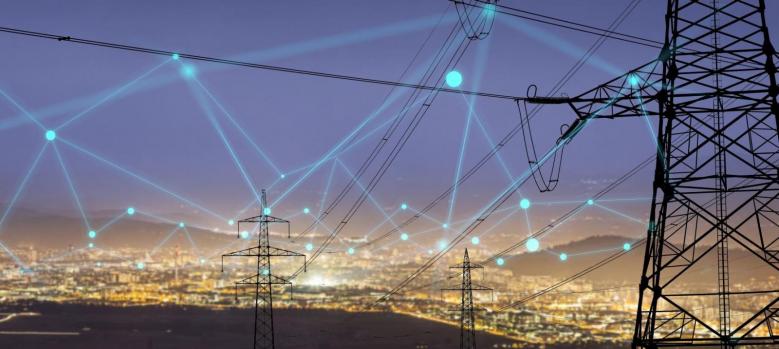
Ensuring Continuity of Utility Operations: Recommendations for Mitigating the Effects of COVID-19
A stable and reliable supply of energy is essential to maintaining critical infrastructure needed for national defense, sanitation and water supply, communication, health care, banking and credit, and the management of supply chains.
Energy utilities in the United States and Eastern Europe have long had disaster response plans in place to ensure business continuity in a crisis. These plans outline responses to commonly occurring weather related impacts as well as rare pandemic threats that—until now—had not yet materialized in a significant way. Now, from the unique challenges of COVID-19, energy utilities are developing and sharing best practices for ensuring both the safety of staff, and the security and reliability of energy supply.
In a recent webinar sponsored by the Energy Technology and Governance Program of the United States Agency for International Development (USAID) and the United States Energy Association (USEA) in cooperation with the Edison Electric Institute, American and Eastern European Energy leaders offered the following recommendations for utilities around the world to consider:
- Ensure that your crisis response/operation plan considers how your utility will manage the following key functions:
- Control center continuity
- Generation facility continuity
- Supply chain strength and employee protective devices
- Access to controlled or contaminated environments and application of government guidelines and regulations
- Mutual assistance and onboarding of volunteers and peer support
- Preparing for the eventual return to work
- Ensure the safety of staff (provide personal protective equipment), and the cleanliness of common areas of essential operation (including coffee machines, vehicle fleets, etc).
- Decentralize operations by developing separate teams to cover different areas of operation.
- Identify and divide critical employees into teams that will not interact with (or infect) each other.
- Consider new shifts and rotations of work hours to protect the health of staff and continue 24-hour operation.
- Consider sequestering control center staff on a 7- or 14-day schedule and recognize that sequestration requires a degree of certainty that the employees are deemed to be healthy as a result of testing
- Develop a workflow process to assess potential COVID-19 concerns when visiting customer premises for service calls
- Equip personnel and vehicles with proper identification and logos when entering areas where access has been restricted by government authorities
- Prepare for an increase in cyber threats, ransomware attacks, and scams, which typically increase during a critical incident. “Cyber hygiene matters.” Be aware, be prepared.
- Use secure VPN technology to allow staff to work remotely.
- Maintain good practices related to installing software platform patching.
- With careful consideration of employee safety, continue essential preventative maintenance (protecting supply lines, securing IT systems) to protect against other threats and outages and to ensure transmission security and reliability.
- Manage organizational financial risks with customer need for critical power supply for homes, hospitals, businesses.
- Frequently assess financial stability and liquidity
- Decrease or postpone new investments and non-essential activities
- Consider alternatives for customers who cannot pay or cannot access payment centers
RESOURCES FOR UTILITIES
Assessing and Mitigating the Novel Coronavirus (COVID-19): a guide from the US Electricity Subsector Coordinating Council
